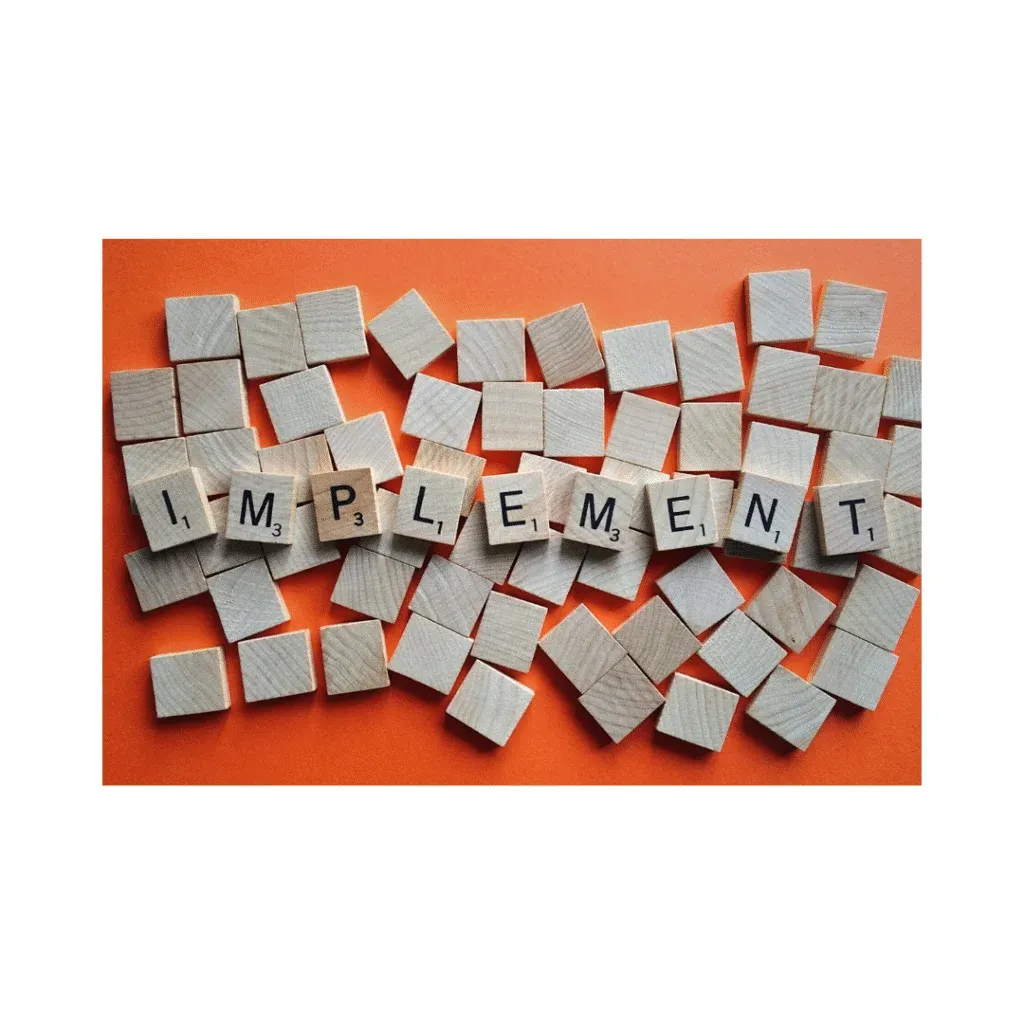NetSuite’s Materials Requirement Planning (MRP) module is a robust tool designed to optimize production and inventory management. By leveraging data from bills of materials (BOMs) and demand forecasts, MRP helps businesses plan and execute production effectively. This module is essential for manufacturing and production-oriented organizations aiming to streamline operations, reduce costs, and meet customer demands.
MRP provides a clear overview of the materials, components, and subassemblies required to produce finished goods. This visibility into the production process enables businesses to make informed decisions about purchasing, inventory levels, and production scheduling. By optimizing resource allocation and minimizing stockouts, MRP contributes significantly to overall operational efficiency and profitability.
1. Enhanced Planning with the Planners Workbench
The Planners Workbench within NetSuite MRP provides a comprehensive tool for managing inventory levels and anticipating potential supply chain issues. It equips planners with the capability to identify both potential shortages and surplus stock situations that require intervention. This feature supports a proactive approach to inventory management by enabling users to conduct what-if analyses to explore various scenarios and their impacts.
Planners can efficiently oversee the approval process by monitoring and firming up orders or releasing them for further validation. The system also facilitates bulk or individual review of action and exception messages, ensuring that planners can swiftly address discrepancies and adjust plans as needed.
Furthermore, the Planners Workbench enhances visibility into the supply chain by allowing a detailed examination of how demand is allocated against available supply. This includes the ability to drill down into specific items and their supply and demand across multiple locations. The inclusion of full pegging support ensures that planners can track the allocation of inventory from its source to its end-use, providing a clear picture of inventory flow and potential bottlenecks.
2. Optimized Supply Allocation
NetSuite MRP’s Supply Allocation feature streamlines the process of assigning available and anticipated inventory to meet customer demands effectively. This functionality allows users to allocate stock from existing warehouse inventory and incoming shipments, whether work, transfer orders, or purchase orders. The ability to manage inventory on an individual shipment basis, such as those in inbound shipments, ensures that inventory is accurately assigned and tracked throughout its journey. This feature is crucial for customer service representatives who need to validate available supplies and establish the earliest possible fulfillment dates for orders.
In addition to managing current inventory, this feature supports a more strategic approach to supply chain management by facilitating the allocation of inventory from future shipments. This foresight helps in planning for demand fluctuations and mitigating potential delays. By accurately matching inventory availability with order requirements, businesses can enhance their service levels and maintain customer satisfaction, even in the face of fluctuating supply conditions.
3. Strategic What-If Scenario Planning
NetSuite MRP’s What-If Scenario Planning allows businesses to model various hypothetical scenarios to evaluate their potential impact on inventory and supply chain performance. This feature supports decision-making by enabling companies to set specific criteria for supply planning, including items, locations, and time frames. By defining rules at both the plan and item levels, businesses can create and analyze different scenarios to understand how changes in factors like shipment schedules or locations might affect their ability to meet demand and maintain optimal inventory levels.
This capability is invaluable for businesses seeking to enhance their operational efficiency and responsiveness. By running simulations and examining potential outcomes, companies can make informed decisions and prepare for various contingencies. The insights gained from these scenarios help in optimizing supply chain strategies and improving overall inventory management, leading to better alignment with market demands and operational goals.
4. Accurate Demand Forecasting
NetSuite MRP empowers businesses to forecast future demand with precision by analyzing historical sales data and current market trends. This capability enables companies to predict future requirements for products and adjust their production schedules accordingly. By utilizing advanced algorithms and data analytics, the system provides detailed insights into expected demand fluctuations. This allows businesses to proactively manage inventory levels, reduce excess stock, and prevent shortages.
Moreover, the ability to forecast demand accurately aids in aligning production plans with market needs. Businesses can use these forecasts to make informed decisions about scaling production up or down, optimizing stock levels, and ensuring that they can meet customer expectations without overextending resources. This approach not only enhances operational efficiency but also supports strategic planning by providing a clear view of future market conditions.
5. Efficient Capacity Management
The Capacity Planning feature of NetSuite MRP helps businesses evaluate their production capabilities and pinpoint any potential constraints that might affect output. By analyzing current and projected production requirements, this tool assists in identifying areas where capacity might be insufficient to meet demand. This early detection of potential bottlenecks enables companies to adjust their resource allocation and scheduling processes to optimize production efficiency.
Additionally, effective capacity management supports better decision-making regarding equipment use, workforce allocation, and facility utilization. Businesses can plan for necessary upgrades or adjustments in advance, ensuring that production schedules are maintained without unnecessary delays or disruptions. This proactive approach to capacity planning ensures that resources are utilized effectively, leading to improved operational performance and reduced costs.
6) Enhanced Supply Chain Collaboration
NetSuite MRP enhances collaboration across the supply chain by facilitating better communication and visibility between businesses and their suppliers or partners. This integration allows for more effective management of supply chain activities, providing insights into inventory levels, order statuses, and supply chain disruptions. The system’s collaborative features support more responsive and coordinated supply chain operations.
This improved visibility into supply chain activities helps businesses manage their relationships with suppliers more effectively. By sharing real-time data and collaborating on forecasts, orders, and inventory levels, companies can reduce lead times, improve order accuracy, and enhance overall supply chain efficiency. This collaborative approach ensures that businesses can respond swiftly to changes in demand and supply conditions, maintaining a smoother and more reliable supply chain operation.
Enhancing Operational Efficiency with NetSuite MRP
- Comprehensive Visibility and Responsiveness:
NetSuite’s Materials Requirements Planning (MRP) offers a thorough overview of your business’s demand, supply, and inventory. This comprehensive visibility enables businesses to monitor and react swiftly to fluctuations in market conditions and customer requirements.
By providing detailed insights into inventory levels and supply chain status, NetSuite MRP helps companies stay informed about their current stock and incoming shipments. This real-time information allows for timely adjustments to production plans and inventory management, ensuring that businesses can adapt quickly to changes in demand or unexpected supply issues.
Furthermore, this visibility supports better decision-making by making it easier to anticipate potential problems and address them proactively. Businesses can analyze trends, forecast demand accurately, and plan inventory purchases more effectively. This capability not only enhances operational agility but also ensures that businesses maintain optimal inventory levels, reduce excess stock, and avoid stockouts, thereby improving overall supply chain performance.
- Efficient Production and Resource Management:
NetSuite MRP optimizes stock levels and shortens production cycles by aligning inventory with production schedules and customer orders. This functionality ensures that businesses maintain appropriate stock levels, reducing the risk of both overstock and stockouts. By analyzing production needs and adjusting inventory accordingly, NetSuite MRP helps in maintaining efficiency throughout the production process.
Businesses can plan material requirements based on accurate forecasts and detailed bills of materials (BOMs), which leads to more precise scheduling and resource allocation.
Additionally, improved collaboration across departments is facilitated by NetSuite MRP, as it ensures that all relevant teams are aware of any changes to production schedules and inventory levels.
This coordinated approach enhances communication between production, procurement, and sales teams, helping to streamline operations and reduce delays. By improving how departments work together, businesses can achieve more efficient production cycles and better meet customer demands, ultimately driving increased profitability and operational success.
Final Thoughts:
NetSuite’s Materials Requirements Planning (MRP) system stands out as a vital asset for businesses aiming to enhance their inventory management and production processes. This advanced tool delivers comprehensive visibility into material needs, enabling companies to maintain optimal stock levels and avoid costly shortages or overages. By aligning inventory with production requirements, NetSuite MRP ensures that materials are available precisely when needed, which helps streamline production and minimize waste. The result is a more organized and efficient production cycle that supports consistent product availability and operational excellence.
Moreover, the system’s what-if scenario analysis capabilities provide a strategic advantage in planning and decision-making. Businesses can test various scenarios to gauge their potential impact on supply and production processes.
This feature allows companies to proactively address potential disruptions and adjust their strategies to ensure smooth operations. By leveraging these insights, businesses can make informed decisions that enhance their supply planning, optimize resource allocation, and improve overall operational efficiency.







